
On the surface, in-well surveillance and monitoring seems like an obvious and beneficial thing to do. Learning about what’s happening in wells can mean operators can make them produce more, change injection or gas-lift, methodologies, unlock shut-in wells. Offshore Engineer looks at recent activity.
The range of tools and the capabilities of those tools have been improving year-on-year with the data they’re able to gather growing fast. From listening to what’s happening or monitoring the temperature in a well, they can infer, for example, the exact location of water breakthrough, if a valve has shut or not or even the type and quantity of fluids flowing through a well. If anything, more data can be created by these technologies than operators currently know what to do with.
Some of these technologies were outlined at the SPE’s Inwell Surveillance and Monitoring seminar in Aberdeen, UK, late last year. But, so was a paradox; very little surveillance is being done in the UK North Sea despite the available technologies.
The Oil & Gas Authority’s (OGA) Glenn Brown pointed to figures from 2018, which showed that of 550 well intervention activities across the UK’s 2200 well stock, just 58 were for surveillance (in 2017 the total number of interventions was 627). The numbers might not tell the whole story; surveillance using tools pre-installed in the well isn’t counted because it’s not an intervention or well access activity. Nevertheless, Michael Hannan, formerly of the OGA, points to knowing of three wells in the North Sea with permanently installed fiber optic monitoring technology (other monitoring technologies are available).
“We are in a really poor place,” says Brown. “We have nearly 2,500 active wells and last year less than 60 in-well surveillance activities. Our perspective is that this feels wrong.
“If a well is fully instrumented, with electric submersible pumps and it’s being tested every couple of weeks, zero is probably fine. But a lot of fields don’t have that. It’s about understanding the opportunity and moving forward. I’d expect 20% surveillance rates. Why would you not do that? It’s low hanging fruit. We are scratching our heads. Why are we not doing more of this?”
The lack of surveillance is perhaps one of the reasons that the number of shut-in wells in 2018 remains exactly the same as in 2017 – at 30% of the total. No one is looking in these wells to see what can be done to restore them.
A part of the problem is incentives, says Simon Strombeg, subsurface manager at EnQuest. One metric that should be an incentive, production efficiency (PE), is actually disincentivising this work, he says. PE has been seen to improve, from 60% in 2012 to 74-75% in 2017-2018 (still short of an 80% target). But, “The production efficiency figure for the North Sea is not real,” says Strombeg. “It’s driven by a need for a metric. But, if I say we have 92% production efficiency, my CEO thinks I have 92% of what is available optimized and producing. In reality, that’s not true. I think most people looking at capacity and putting production over it.” Instead, he says is should be what proportion of the economic limit. “If it is, I can be honest about locked in potential,” he says. “That means I’ve got opportunity I should be chasing. That means my manager should be interested in that locked in potential.”
Strombeg has a “choke model” to look at this opportunity more positively. It looks at what’s possible on the current status, what’s possible with additional work and what’s uneconomic with the current technology, based on current production, current capacity and the economic limit, across the production stream, from the reservoir to wells to gathering systems and so on. “It all starts with surveillance,” he says, as this drives everything, but surveillance is then needed across every piece of the production chain.
“The OGA should rethink the PE benchmark so it becomes a tool to drive investment, not a tool for managing directors to shoot against so they can meet stewardship targets,” Strombeg says. Other incentives would also be helpful, as would collaborating across fields to scale up operations, and simplifying assets which, built for fields producing 100,000 barrels of oil equivalent per day (boe/d) now support just 5,000.
Well-Sense
Aberdeen tech firm Well-SENSE has developed FiberLine Intervention (FLI), a sacrificial fiber optic sensing technology for well surveillance. It’s dropped into a well and spools out bare fiber as it goes. Once at the depth of the well the fiber then detects various parameters – i.e. sound (distributed acoustic sensing/DAS) and temperature (distributed temperature sensing/DTS), depending what’s wanted – and that data is transmitted to surface in real time.
Multiple fibers can be spooled out at the same time and the system can include single-point sensors for different applications, such as pressure and temperature, casing collar location, etc. When the operation is done, the probe and fiber can remain downhole at the operator’s discretion, where it degrades.
The first round of offshore deployments of the technology were undertaken last year (2019) performing DTS and DAS operations, in Malaysia and the North Sea. A next generation, due out soon, will offer hold up and resistivity measurements, says Well-SENSE’s Craig Feherty. The data can be used to detect leaks, do injection profiling, gas lift diagnostics, vertical seismic and microseismic, and, also planned, directional surveys.
“The amazing thing about distributed measurement on bare fiber is the high level of sensitivity,” says Feherty. “More important, you are able to look real time across the whole length of the fiber in the well. Wireline logging is time consuming to obtain and you have to get to the right point at the right time. With distributed measurement, we are looking at everything at the right time, in real-time and that’s powerful, being able to do surveys quickly and identify where issues are.”
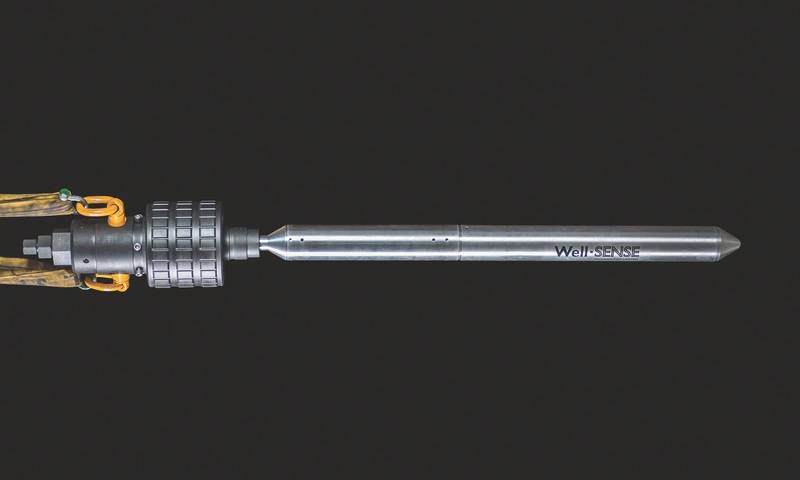 A Well-Sense FLI probe and launcher.
A Well-Sense FLI probe and launcher.
(Image: Well-Sense)
Silixa
Silixa makes fiber optic sensing systems for permanent downhole installations and for cable interventions by wireline or slickline. Combining DAS and DTS can be powerful, enabling quantifiable data, says Silixa’s Vero Mahue. Fiber can be used for wellbore leak detection, production and injection profiling and for seismic data acquisition she says, alongside other downhole measurement applications. Silixa’s Carina system, using engineered Constellation fiber, is able to detect sound 20 decibels (dB) below DAS based on standard fibers, making it sensitive to even small leaks in a wellbore. By also measuring speed of sound with the fiber and applying Doppler-shift analysis, a flow velocity profile of the whole well can be derived, she says, offering quantifiable information, not just qualitative. By measuring speed of sound, it can also determine what’s flowing through the well and gas/oil interfaces – liquid or gas (as sound travels faster through liquid than gas).
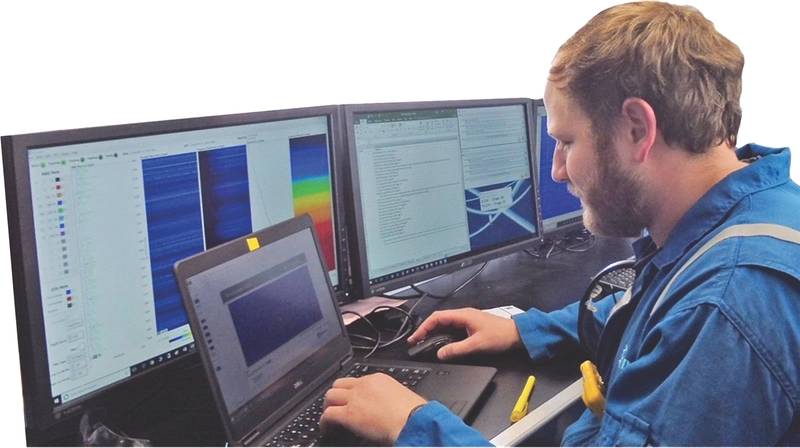 Silixa uses fiber optic for well surveillance.
Silixa uses fiber optic for well surveillance.
(Image: Silixa)
OptaSense
OptaSense, a QinetiQ company, has been deploying fiber optic DAS technology to gather permanent flow, seismic and vertical seismic profile (VSP) data for clients. It’s cheaper than using ocean bottom nodes (OBN) as well as offering a permanent broadband sensor downhole for time-lapse surveys with which you can measure other processes in the well, such as the impact of water floods, gas lift or inflow control valves, says J.Andres Chavarria, from OptaSense. “The beauty of fiber is you get to see the entire dynamic across the entire well,” he says. “Fiber is sensitive to acoustics and temperature; DAS is very accurate with fine spatial resolution. When you couple that to flow velocity measurements for each injection point, we start to build a model of how reservoir production is impacted depending on the completion design.”
It can even detect a small magnitude earthquake, which could be useful if an operator needs to show it didn’t come from their field.
Chavarria says the technology has been used offshore including wells with 1-kilometer (km) water depth in the US Gulf of Mexico to test completion zones and verify a production model, by building production profiles across the entire reservoir with different zones flowing.
“The next frontier is subsea wells,” he says. “How far can you reach with these systems, through a long umbilical?” The significance of this is the challenge of maintaining the integrity of the data flowing through the fiber as it goes through various connectors, including wetmate connections, before reaching an interrogation box. OptaSense has acquired seismic data for this setup using a 25km umbilical, with a 5km-long active section in the well and 30,000 channels simultaneously.
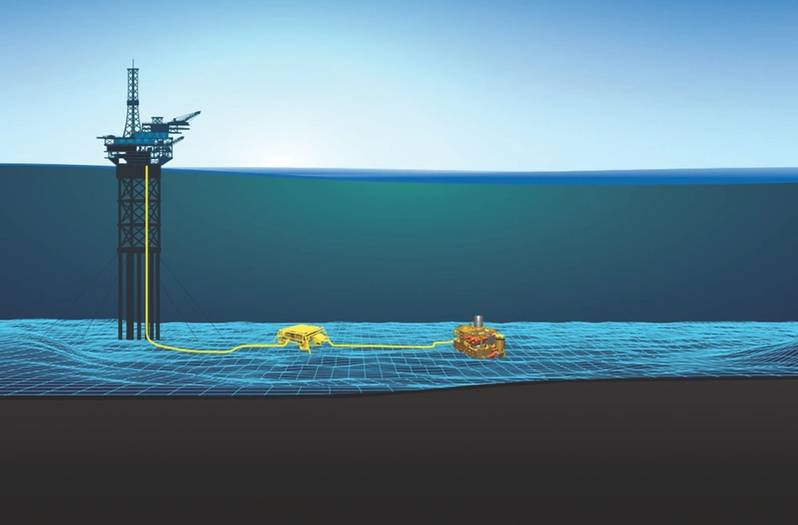 OptaSense has been deploying fiber optic DAS tech to gather permanent flow, seismic and vertical seismic profile (VSP) data. (Image: OptaSense)
OptaSense has been deploying fiber optic DAS tech to gather permanent flow, seismic and vertical seismic profile (VSP) data. (Image: OptaSense)
Resman Tracers
Norway’s Resman developed a tracer technology that’s installed in the completion. When production fluids are sampled, the operator will know exactly where down the well it comes from. They are designed to release when in contact with specific fluids, such as water, to identify the location within a well where a water breakthrough event happens, says Edurne Elguezabal. Their detection can also be used to evaluate the integrity of the well completion equipment, like valves, sleeves and packers.Resman technology has been installed in more than 200 fields worldwide, including all the wells on EnQuest’s Kraken field in the North Sea, a member of the audience noted, in order to inform water injection operations.
Metrol, meanwhile, offers sensors that can be installed on tubing, outside of completions and on screens that wirelessly then send data to the wellhead with electromagnetic signals, avoiding issues with wet mate connectors, during drilling operations providing localized data across sections that’s otherwise hard to get.
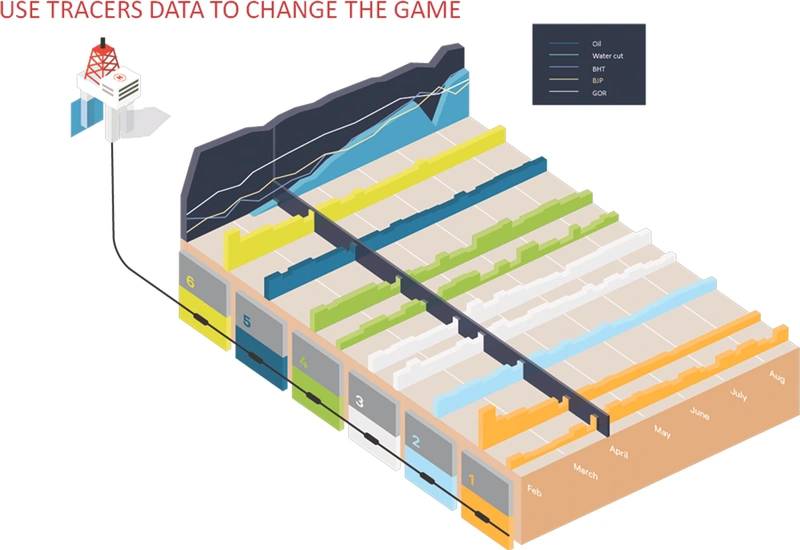 Resman’s tracer technology is installed in the completion to provide information about wellbore flow.
Resman’s tracer technology is installed in the completion to provide information about wellbore flow.
(Image: Resman)
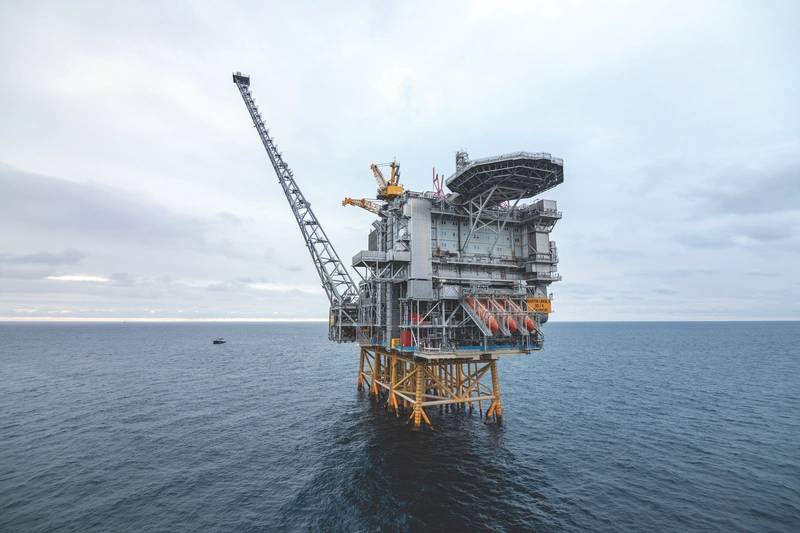 Photo: Jan Arne Wold, Woldcam / Equinor Photo: Jan Arne Wold, Woldcam / EquinorRichard Tøndel, from energy firm Equinor, says the company has more than 50 wells with permanent deployed fiber optic systems. These are all above the production packer, not in the production zone and are mostly used for transmitting data from downhole sensors. Newer installations, will have fiber systems that enable both data transfer and distributed sensing, he says. This includes, eight wells on the giant Johan Sverdrup field, which came onstream in October 2019, again, down to the production packer. However, that’s also changing. “During 2020, we hope to install our first fiber cable in the reservoir section (at Johan Sverdrup), and we aim for fiber optic installations in subsea wells from 2022,” says Tøndel. From 2020, some wells on Martin Linge will also have fiber for monitoring and data. “We believe fiber optics can be used to improve the well integrity monitoring, as well as increase your knowledge about how production and injection happens in the well,” says Tøndel. “The value is compelling. Observations can be made when something happens in the well, in adjacent wells or even from long distances. When you close and open a valve, you can hear it. Permanent fiber optic installations will give you an ability to acquire data without disturbing production. You get higher repeatability and a possibility to observe more subtle changes.” Equinor has been testing DTS and DAS since 2010, Tøndel says. In the last two years, Equinor has also been experimenting with real-time DAS continuously in a well, to learn how to do real time data transfer and analysis and visualization. One of the main challenges is handling the potential huge amount of data and how to move, organize and process this. Equinor is currently developing a system on Johan Sverdrup based on open source technology, says Tøndel. Equinor also plans to integrate use of the downhole fiber optic cables with the permanent reservoir monitoring system that is being installed on the field, by listening in on the planned seismic acquisitions that take place every year. |